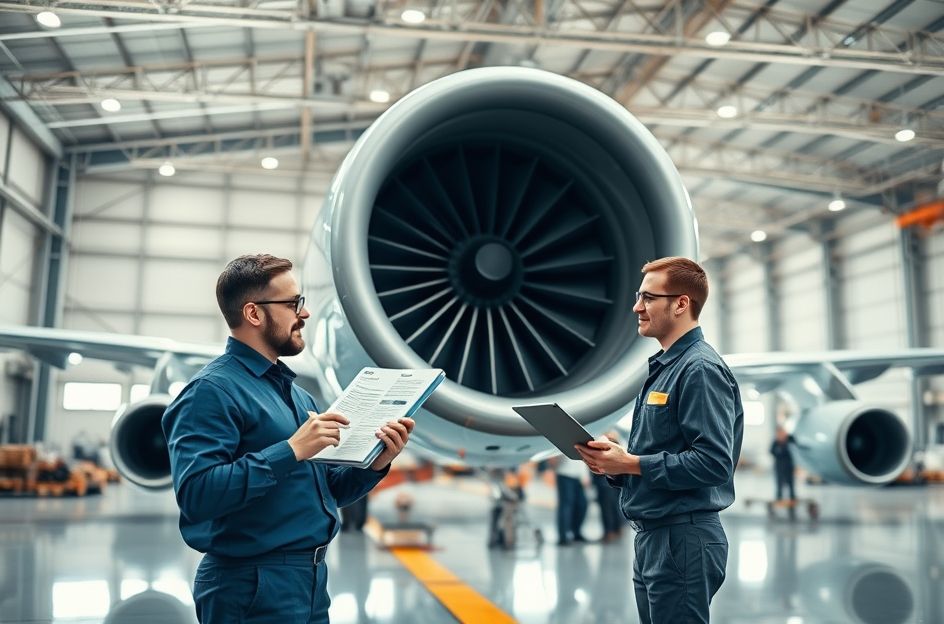The dream of soaring through the sky like a bird inspired the Wright Brothers to invent the aircraft. Maintaining these complex machines is crucial for ensuring optimal performance, reliability, and, most importantly, safety. Aircraft maintenance encompasses two primary approaches: preventive maintenance and requirement-based maintenance.
Preventive maintenance proactively safeguards the aircraft against potential issues. This includes routine inspections, such as wing examinations after each flight, to identify and address problems that could arise during landing or in flight. By anticipating and resolving potential problems before they escalate, preventive maintenance minimizes the risk of in-flight emergencies.
Requirement-based maintenance addresses issues as they arise. This involves rectifying specific problems when they occur. Because these activities are often critical, detailed procedures are prepared in advance for every foreseeable problem. This ensures minimal downtime and efficient repairs.
Aircraft testing is a vital part of maintenance. Technicians meticulously inspect components such as wings, the fuselage, tailplane, pumps, valves, and communication equipment. Any part found to be defective is immediately replaced.
Testing procedures are often repetitive, complex, and meticulously designed. These procedures are categorized into levels based on the type of maintenance required. Under normal circumstances, an aircraft undergoes inspection after each flight (Level 1), with subsequent levels increasing based on flying hours. Experts recommend a thorough inspection at a maintenance yard every six months.
Given the paramount importance of passenger safety, aircraft maintenance is a highly regulated field. International agencies such as the Federal Aviation Administration (FAA) in the USA, the European Union Aviation Safety Agency (EASA) in Europe, and the Civil Aviation Safety Authority (CASA) in Australia have established stringent rules and guidelines to guarantee the highest possible level of safety for passengers.
